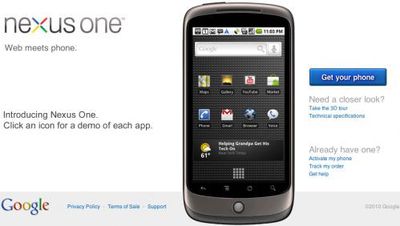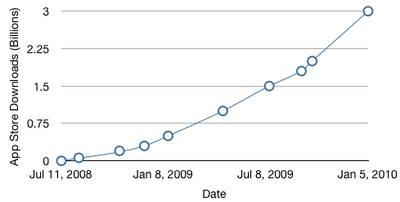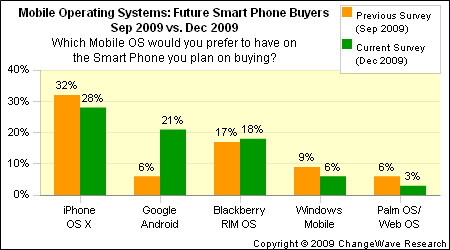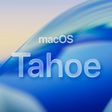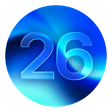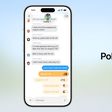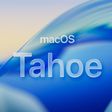The New York Times reported last night that Microsoft CEO Steve Ballmer is set to introduce a new tablet device during his keynote address tonight at CES in Las Vegas.
On Wednesday, Mr. Ballmer, Microsoft's chief executive, will unveil a novel take on a slate-type computer during his evening keynote at the Consumer Electronics Show in Las Vegas, according to people familiar with Microsoft's plans. The slate will be made by Hewlett-Packard and possibly available by mid-year, these people said.
According to the report, Microsoft's tablet will be positioned as a multimedia device offering e-reader and multi-touch functionality, very similar to the rumored capabilities of Apple's tablet device. Apple's tablet is rumored to be introduced later this month, with multiple sources reporting that it will begin shipping in March.
Several months ago, Gizmodo published a series of articles highlighting Microsoft's prototype "Courier" multi-touch booklet device. It is unclear what relation, if any, today's rumored release has to the "Courier" project.
Update: BoomTown reports that while Ballmer may show off tablet-like devices as part of his keynote focusing on Windows 7 and the company's "software plus services" positioning, there will be no formal introduction of a slate-style tablet device or its "Courier" device in particular.


